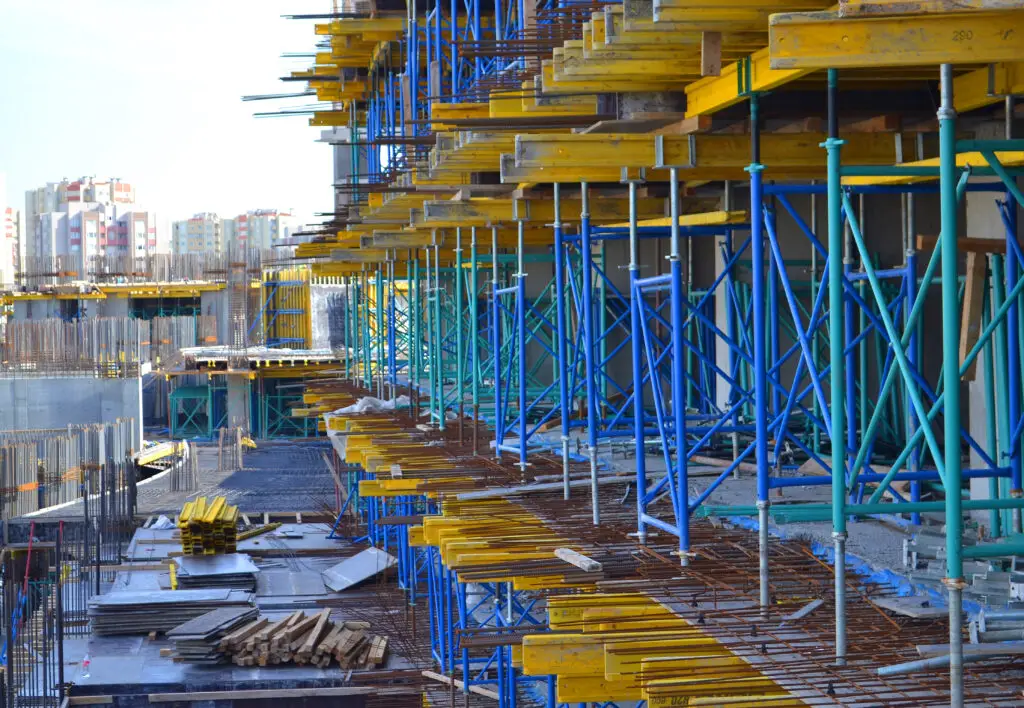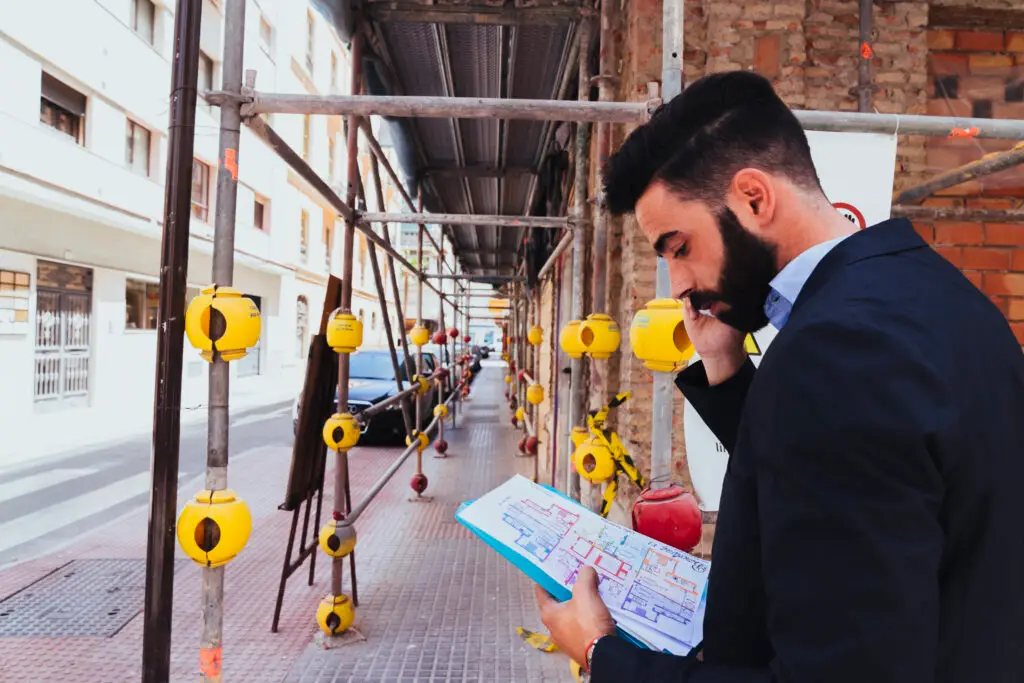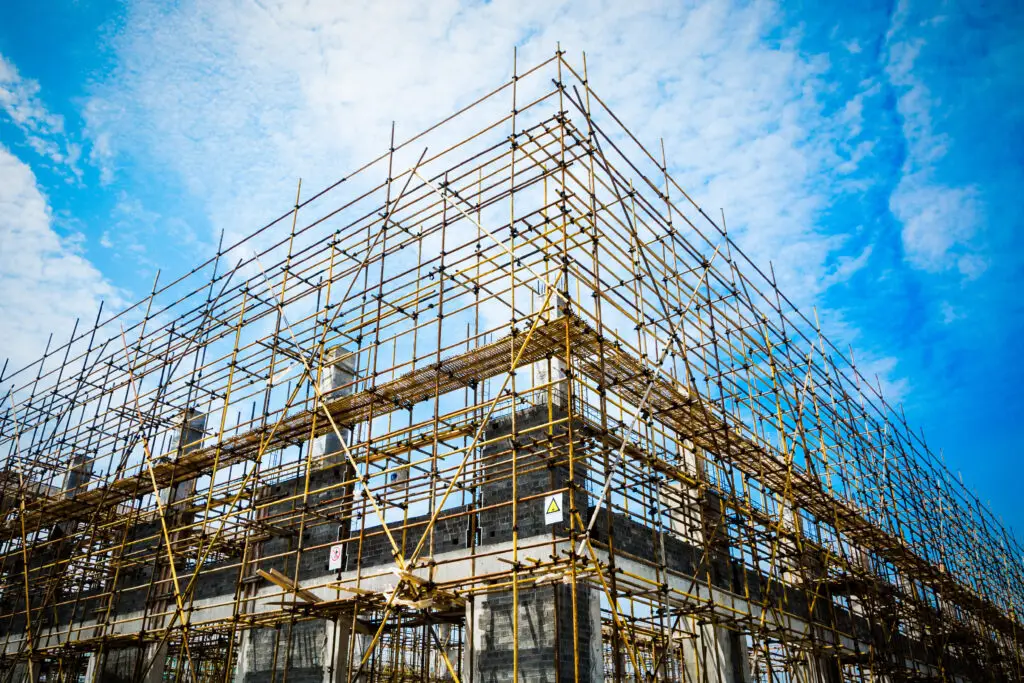Understanding the Scaffold Law: A Comprehensive Guide
The Scaffold Law, formally known as New York Labor Law § 240, is a unique and often controversial piece of legislation that impacts construction and renovation projects across New York State. Enacted in the late 19th century, this law is designed to protect workers who are at risk of falling from heights or being struck by falling objects during their work on scaffolding and other elevated platforms.
In this comprehensive guide, we will delve into the history, purpose, provisions, implications, and ongoing debates surrounding the Scaffold Law. By the end, you’ll have a thorough understanding of what the law entails, how it affects various stakeholders, and why it remains a significant topic of discussion in the construction industry.

History and Purpose of the Scaffold Law
Origins of the Law
The Scaffold Law was first enacted in 1885 as a response to the increasing number of construction-related accidents during New York’s building boom. The primary goal was to ensure the safety of workers by imposing strict liability on employers and property owners for elevation-related injuries.
Purpose of the Law
The core purpose of the Scaffold Law is to provide stringent protections for workers who perform tasks at elevated heights. The law mandates that employers and property owners must furnish or erect scaffolding, hoists, stays, ladders, and other safety devices to give proper protection to workers. If they fail to do so, they can be held fully liable for any injuries that result from falls or falling objects.
Provisions of the Scaffold Law
Key Provisions
The Scaffold Law includes several key provisions aimed at safeguarding workers:
Absolute Liability: Employers and property owners are held strictly liable for elevation-related injuries, regardless of the worker’s own negligence. This means that if a worker is injured due to a fall or falling object, the employer or property owner cannot defend themselves by claiming the worker was partially at fault.
Scope of Protection: The law covers a wide range of activities, including construction, demolition, repair, alteration, painting, and cleaning of buildings or structures.
Mandatory Safety Devices: The law requires the provision of appropriate safety devices such as scaffolding, ladders, ropes, and hoists. These devices must be properly maintained and used correctly to ensure worker safety.
Strict Liability Implications
One of the most distinctive features of the Scaffold Law is its imposition of strict liability. This means that in the event of an elevation-related injury, the injured worker does not need to prove negligence on the part of the employer or property owner. The mere fact that an injury occurred while performing work at heights is sufficient to hold the employer or property owner liable.
Impact on Stakeholders
Workers
For workers, the Scaffold Law provides a significant layer of protection. It ensures that employers and property owners prioritize safety and invest in proper safety equipment. Workers who are injured while working at heights can seek compensation without the burden of proving negligence.
Employers and Property Owners
Employers and property owners, however, often view the Scaffold Law as a costly burden. The strict liability standard can lead to substantial financial liabilities, higher insurance premiums, and increased litigation. Many argue that the law places an unfair burden on businesses, especially small contractors who may struggle to afford the high insurance costs associated with compliance.
Insurance Industry
The Scaffold Law also has a notable impact on the insurance industry. Insurers providing coverage for construction projects in New York must account for the heightened risk associated with strict liability. This often results in higher premiums for liability insurance, which can be particularly challenging for smaller businesses to manage.
Legal and Regulatory Environment
The legal community is deeply involved in Scaffold Law cases, with numerous attorneys specializing in construction injury litigation. The law has led to a substantial body of case law, shaping how courts interpret and apply its provisions. Regulatory agencies also play a role in enforcing safety standards and ensuring compliance with the law’s requirements.
Arguments For and Against the Scaffold Law
Supporters’ Perspective
Supporters of the Scaffold Law argue that it is essential for ensuring worker safety. They contend that the strict liability standard incentivizes employers and property owners to prioritize safety and invest in necessary protective measures. Without such stringent protections, they argue, workers would face greater risks, and unsafe practices would be more prevalent.
Critics’ Perspective
Critics, on the other hand, argue that the Scaffold Law is outdated and excessively burdensome. They claim that the strict liability standard is unfair and leads to disproportionate financial impacts on employers and property owners. Critics also argue that the law contributes to the high cost of construction in New York, as the increased insurance premiums and litigation expenses are often passed on to consumers.
Proposals for Reform
Given the ongoing debate, various proposals for reforming the Scaffold Law have emerged. Some suggest shifting from a strict liability standard to a comparative negligence standard, where liability is apportioned based on the degree of fault. Others propose introducing caps on damages or offering tax incentives for businesses that invest in advanced safety technologies.
Real-World Examples and Case Studies
Landmark Cases
Several landmark cases have shaped the interpretation and application of the Scaffold Law. These cases provide insight into how courts balance the law’s protective intent with the realities of construction work.
Blake v. Blake v. Neighborhood Housing Services of NYC, Inc. (2003): In this case, the New York Court of Appeals ruled that a worker’s own negligence could not be used to bar recovery under the Scaffold Law. This decision reinforced the strict liability nature of the law.
Zimmer v. Chemung County Performing Arts, Inc. (1985): This case highlighted the broad scope of the law, covering not only traditional construction activities but also tasks such as cleaning and maintenance.
Impactful Incidents
Several high-profile construction accidents have underscored the importance of the Scaffold Law. These incidents illustrate the potential dangers of working at heights and the need for stringent safety measures.

World Trade Center Construction: During the rebuilding of the World Trade Center, numerous safety incidents occurred, leading to significant litigation under the Scaffold Law. These cases highlighted both the protective benefits and the financial impacts of the law on large-scale projects.
Brooklyn Building Collapse: In a case where a building under renovation collapsed, several workers were injured. The ensuing litigation under the Scaffold Law emphasized the importance of proper safety protocols and the severe consequences of non-compliance.
Best Practices for Compliance
Safety Training and Education
One of the most effective ways to ensure compliance with the Scaffold Law is through comprehensive safety training and education. Employers should provide regular training sessions on the proper use of scaffolding and other safety equipment. Workers should be educated on the potential hazards and the importance of adhering to safety protocols.
Regular Inspections and Maintenance
Routine inspections and maintenance of scaffolding and safety equipment are crucial. Employers should conduct regular checks to ensure that all safety devices are in good working condition and promptly address any identified issues.
Use of Advanced Safety Technologies
Employers can also invest in advanced safety technologies to enhance compliance. This includes using fall protection systems, automatic safety mechanisms, and innovative scaffolding designs that offer greater stability and protection.
Collaboration with Safety Experts
Engaging with safety experts and consultants can provide valuable insights into best practices and emerging safety standards. These professionals can help employers develop robust safety programs and ensure compliance with the Scaffold Law.
Conclusion
The Scaffold Law remains a critical piece of legislation aimed at protecting construction workers from the inherent dangers of working at heights. While it has been successful in promoting safety and providing a legal recourse for injured workers, it also presents significant challenges for employers, property owners, and the insurance industry.
Understanding the history, provisions, and implications of the Scaffold Law is essential for all stakeholders in the construction industry. By prioritizing safety, investing in proper training and equipment, and staying informed about legal developments, employers and property owners can navigate the complexities of the Scaffold Law while ensuring the well-being of their workers.
As the debate over the Scaffold Law continues, it is important to balance the need for worker protection with the practical realities faced by businesses. Whether through legislative reform or improved safety practices, finding a sustainable approach that upholds the law’s intent while addressing its challenges will be key to the future of construction safety in New York.

The Scaffold Law, formally known as New York Labor Law § 240, is a piece of legislation designed to protect construction workers who work at elevated heights. It imposes strict liability on employers and property owners for injuries related to falls and falling objects, ensuring they provide proper safety equipment and measures to prevent such accidents.
The Scaffold Law protects construction workers engaged in activities such as building, demolition, repair, alteration, painting, and cleaning of structures. Any worker performing tasks at heights or in situations where they are at risk of falling or being struck by falling objects is covered under this law.
“Strict liability” under the Scaffold Law means that employers and property owners can be held fully responsible for elevation-related injuries, regardless of whether the worker was partially at fault. This legal standard ensures that the primary responsibility for maintaining safety falls on those who manage and control the work environment.
The Scaffold Law mandates that employers and property owners provide appropriate safety devices such as scaffolding, ladders, hoists, stays, slings, hangers, blocks, pulleys, braces, irons, and ropes. These devices must be properly installed, maintained, and used to ensure the safety of workers at elevated heights.
The Scaffold Law has a significant impact on construction projects by imposing higher safety standards and liabilities. While it ensures enhanced worker protection, it also leads to increased insurance costs and potential legal expenses for employers and property owners. This can make construction projects more expensive and complex to manage, but it underscores the importance of prioritizing worker safety.